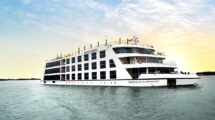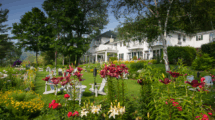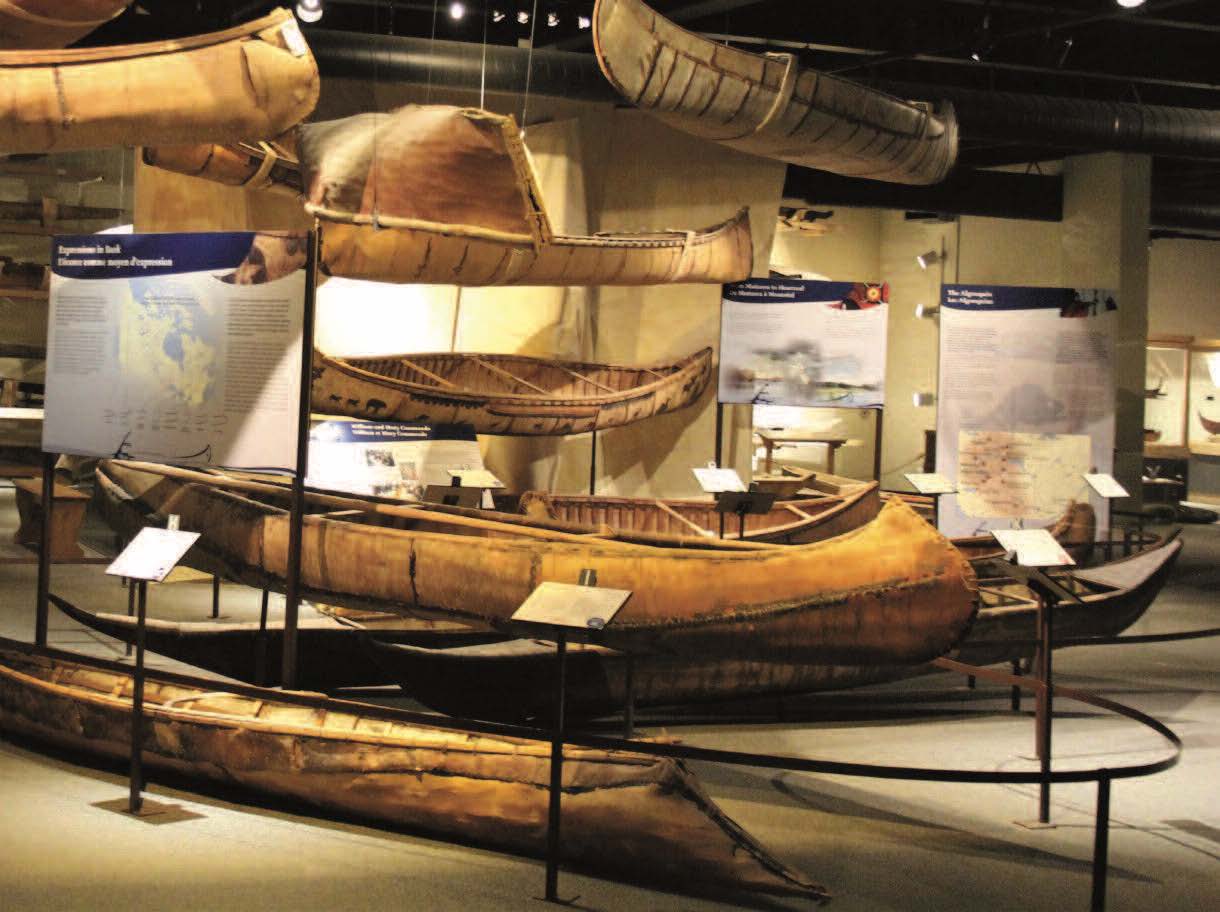
the largest of its type worldwide. PHOTO: OXANA SAWKA.
By Peter Johansen
Oh, so Canadian
Never again, will I be up the creek without a paddle! I’ve crafted my own at Peterborough’s Canadian Canoe Museum, home to the world’s largest collection of paddle-powered watercraft. Okay, it’s wee, just two-feet long, but the museum’s three-hour mini-paddle workshop seemed much less daunting than a two-day session in which participants make a full-sized one.
“Canada is a country of lakes, rivers and oceans,” instructor Jasmine Rose said by way of introduction. “The canoe has been used for thousands of years here — and indeed around the world. So, what could be more Canadian than making your own paddle?” What she could have added was Pierre Berton’s famous quip: “a Canadian is someone who knows how to make love in a canoe.” But she did admit that she’d never been in a canoe until a few weeks earlier, which endeared her to me, a once-is-enough canoeist.
She then told our group of five that we’d be using basswood. “It’s soft and easier to carve than what we use for a regular paddle,” Jasmine assured us. Though “easy” didn’t really describe my experience, something that might have had to do with my total lack of handyman skills. But with her patient guidance and bubbling encouragement, I was genuinely proud of my final product, ready for varnishing at home.
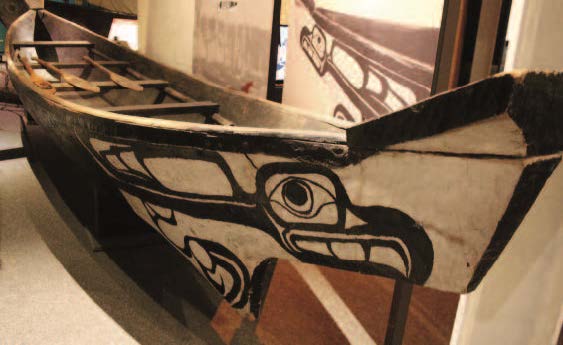
Each of us started with a pre-cut slab of wood roughly outlined in the shape of a paddle, but lacking the varying thickness and rounded corners, that a paddle requires. We used pencil and ruler to measure lines along the blade, shaft and grip that would guide our carving, and adhered a thin strip of tape along the rim of the blade to warn us just how thin we should hone it. “You don’t want your blade to be too thin,” she said, holding up a sad example of what not to do. I laughed, nervously. I didn’t want mine to be the next teaching aid.
We clamped our pre-cut pieces to a large worktable around which we all sat, picked up our spoke shaves — a kind of small wood plane with handles like bat wings — and started to shave the wood. “Every piece of wood has its own personality,” Jasmine said when anyone faced a difficulty. If so, my piece had the personality of a spoiled child.
Trouble began soon enough: I couldn’t get the blade to shave anything. The problem was corrected when Jasmine said I must attack the wood from a different angle. Then I had to learn to keep searching for an edge, or corner, to shave; that was something of a hit-or-miss proposition. Most difficult was shaving the grip of the paddle. I was meant to shave the straight edges of the wood into a smooth, round end that would fit comfortably into a paddler’s hand. Jasmine made it look easy, alternating horizontal and vertical strokes with her shaving device, working one quadrant at a time. I was frustrated but plodded on. When I finished, my reward was Jasmine’s admiring feedback: “Your grip is lovely.”
We also rounded the edges of the shaft — a much easier task — and then scrubbed three increasingly fine sandpapers over the entire product. I ended up with sawdust from the tip of my head to the bottom of my sneakers — but the museum had warned us to wear clothes we wouldn’t mind getting dirty. It also took quite a while to remove the sharp edges and small gouges from the blade so that fingers would glide like silk over the entire piece. No wonder the youngest participant, a teenager, more than once pronounced he was done. Eventually he was, and so were we all.
I may not like canoeing, but that paddle holds a big place in my Canadian heart.
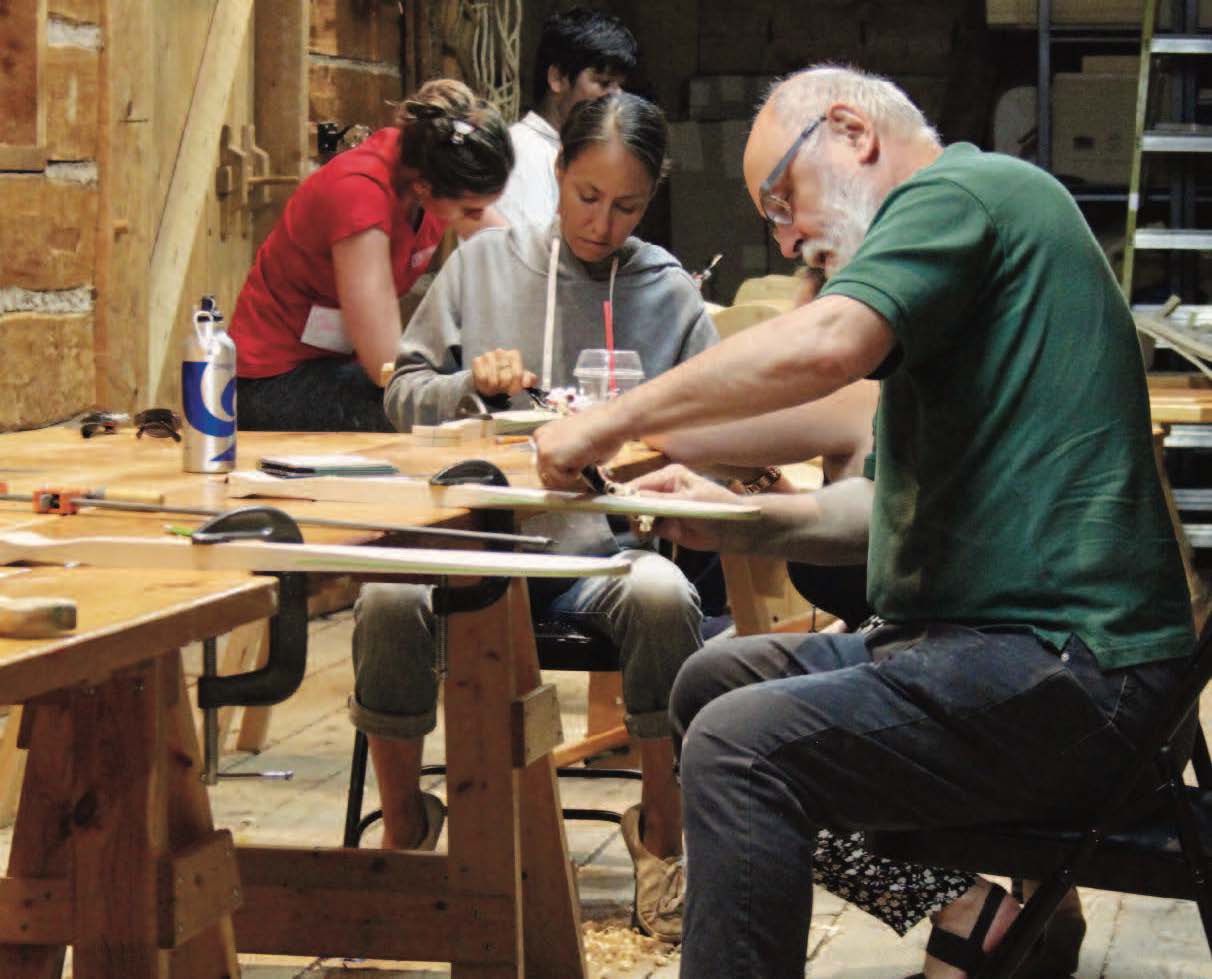
Want to go?
The Canadian Canoe Museum at 910 Monaghan Road, Peterborough, offers several artisan workshops over the year, including those on mini-paddle and full paddle-making ($35 and $298 respectively). Others, of varying duration, focus on such objects as trail toboggans, snowshoes, winter moccasins and holiday ornaments. For details: canoemuseum.ca
Budget time for a tour of the museum. Impressive galleries include everything from Pacific Northwest dugouts and northern kayaks to a bark canoe from the vanished Beothuk Indians of Newfoundland, victims of genocide. Canoes from the famous — Pierre Trudeau, Gordon Lightfoot, film-maker Bill Mason, the Royal Family — are all on display. Of local interest, is an exhibit about canoe-makers William and Mary Commanda of the Kitigan Zibi community, near Maniwaki.
We stayed at the Best Western Otanabee Inn with a balcony overlooking the pastoral Otonabee River. For dining we chose The Publican House, a fine brewpub with pizzas, burgers and the like. But Peterborough has lots of choice.
For ideas on other things to do, visit the excellent Peterborough and The Kawarthas tourism website: thekawarthas.ca



